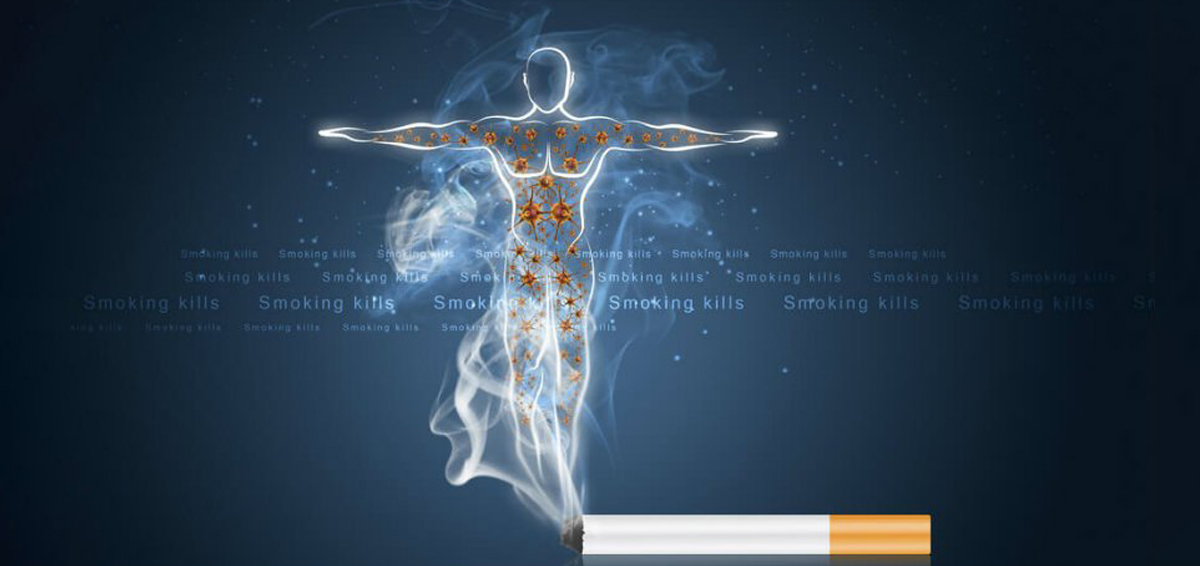
Is Nicotine The Most Dangerous Chemical In Tobacco?
Like caffeine, nicotine is an alkaloid that plays an important role in the history of modern human civilization. It is one of many highly toxic alkaloids from the Solanaceae family. The main acute toxicity of nicotine is neurotoxicity, and the absorption pathway is extensive: the digestive tract and the respiratory tract nicotine will be absorbed quickly, and the excess will cause poisoning.
The acute toxicity of the central nervous system(CNS) is headache, dizziness, headache, nausea, vomiting and even delirium, convulsion, and coma. The toxicity of the autonomic nervous system is manifested as abdominal pain, diarrhea, heart rhythm disorder, salivation, sweating, and blood pressure first increased and then decreased sharply. Accompanied by dyspnea, pupil constriction, limbs twitching, severe cases will appear bundle tremors and progressive muscle weakness. The direct cause of death of most people who are acutely poisoned by nicotine is respiratory failure caused by respiratory muscle paralysis.
Nicotine influence: Cardiovascular changes
Nicotine stimulates the production of adrenaline, which causes the heart to beat faster, raising blood pressure and tightening blood vessels.
Adrenal stimulation
Part of the reason for the pick-me-up is that smoking stimulates the release of adrenaline, making the central nervous system more active.
Muscle tremors
Because nicotine ACTS on the Ach(acetylcholine) receptor, which stimulates the sympathetic and parasympathetic nervous systems, and it causes skeletal muscle contractions and causes skeletal muscle contraction, coupled with a series of factors such as adrenaline release, can cause muscle tremors, such as hands will occur Some tiny jitters.
Digestion inhibition
Nicotine inhibits digestion in the stomach and increases intestinal activity, reducing overall absorption of nutrients from food.
Feel pleasure
This is mainly related to the increase in the secretion of DA (dopamine) by nicotine. Because DA is a neurotransmitter involved in reward-learning mechanisms, some people are more susceptible to cravings due to the secretion of DA and defects in certain receptor functions.
Depression
Because nicotine will stimulate the secretion of DA, replacing the normal DA function. Therefore, if smokers stop smoking, they will be in a bad mood.
Tar and carbon monoxide are more harmful.
Whether the "most toxic" in cigarettes is nicotine is not good to say. In fact, carbon monoxide and tar were once considered to be the main culprit in cigarette harm. There is currently no conclusive evidence that nicotine can cause cancer, but there is evidence that nicotine can promote tumor development (cancer promoters, tumor promoters, Cardinale A, Nastrucci C, Cesario A, Russo P (January 2012). "flavor: Specific role in angiogenesis, proliferation, and apoptosis". Critical Reviews in Toxicology42 (1): 68 -- 89. At the same time, nicotine, because of its central role, is the source of cigarette addiction.
Tobacco smoke contains more than 60 carcinogenic chemicals, the most harmful of which is tar and carbon monoxide. Tar contains about 5000 kinds of organic and inorganic chemicals that are the leading cause of cancer. Tobacco produces a tobacco-specific nitrosamine (TSNA) during fermentation and when ignited. Nitrosamines are extremely potent carcinogens. When carbon monoxide is smoked, the tobacco does not burn completely, so more co is produced. Carbon monoxide binds to hemoglobin, affects the blood oxygen supply to the cardiovascular system, promotes the increase of cholesterol, and indirectly affects the formation of certain tumors. The lungs contain tiny hairs that help remove foreign material to clean them. Hydrogen cyanide from cigarettes interferes with the lungs' scavenging system, causing toxic chemicals in the smoke to build up in the lungs. At the same time, highly reactive chemicals can damage the heart muscle and blood vessels, which react with cholesterol, causing the buildup of fatty substances in the artery walls that can lead to heart disease, stroke, and vascular disease.




